Powering Smarter Marine and Water Monitoring
Oceans, lakes, and rivers sustain Earth’s ecosystems—covering 71% of its surface, yet ranking among the least monitored environments. Accordingly, Bivocom IoT Buoy Solutions bridge this gap by integrating sensors, edge computing, and resilient communication, thus transforming passive markers into intelligent sentinels. Undoubtedly, Bivocom, a global IoT innovator, drives this evolution with industrial-grade hardware engineered for harsh marine environments.
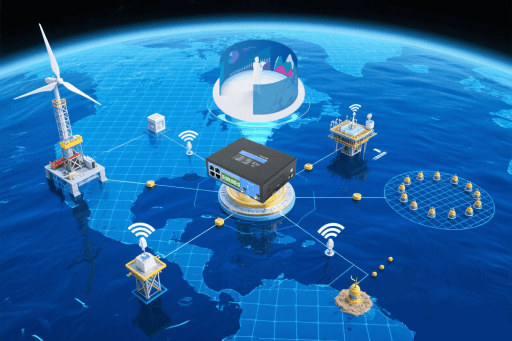
From IoUT to Smart Buoys: The Connectivity Revolution
The Internet of Underwater Things (IoUT) constitutes a network of smart devices specifically designed for real-time underwater monitoring. By linking sensors, buoys, and underwater vehicles, consequently it converts scattered data into actionable insights. Notably, it addresses three critical challenges: sensing difficulties, limited underwater communication, and unreliable power sources. With rising sea levels, escalating pollution, and frequent extreme weather, therefore we require faster, more accurate data for informed decisions. Consequently, buoys now serve as pivotal IoUT nodes—not only navigational aids but also multifunctional data hubs.
Bivocom IoT Hardware: Engineered for Buoy Excellence
Specifically, Bivocom specializes in cellular modems, routers, gateways, RTUs, and IoT platforms—all built to endure harsh conditions while certified by ISO, CE, CCC, FCC, and other global standards. For IoT buoys facing salt corrosion, extreme temperatures, and rough seas, Bivocom IoT Buoy Solutions deliver rugged, low-power, high-performance devices. Subsequently, let’s examine how Bivocom empowers IoT buoys.
TG452 Edge Gateway: The Buoy’s “Brain”
Typically, large IoT buoys monitor multiple parameters such as water quality, wave height, and wind speed. Thus, they demand a central hub to efficiently collect, process, and transmit data. Accordingly, the TG452 edge gateway fulfills this role.
- Multi-sensor integration: With 4 RJ45 ports, 3 RS485 ports, and 2 ADC ports, the TG452 connects to dozens of sensors at once. Whether it’s a pH sensor or a wave monitor, it brings all data together without messy wiring.
- Edge computing: With its 32-bit ARM Cortex A7 processor, processes data locally—avoiding bandwidth-wasting cloud transmission of every bit. It filters noise, compresses data, triggers local alerts (e.g., dissolved oxygen crashes), highlights key trends (like sudden pollution spikes), and sends only critical info—cutting satellite and data transmission costs by 80%.
- Redundant Comms: Multi-network support (4G LTE CAT6, 3G, 2G, LTE-M, NB-IoT) with dual-SIM redundancy (optional dual-module load balancing) enables auto-communication link switching. Switches to backup SIM on weak primary signal, ensuring uninterrupted data in extreme weather (typhoons, heavy fog, etc.).
TD210 Cellular Modem: Lightweight & Efficient
Not all buoys require complex monitoring. For instance, smaller buoys tracking lake temperature or river levels need simple, reliable connectivity. Accordingly, the TD210 cellular modem delivers precisely this.
- Easy integration: With 1 RS232 port (for setup) and 1 RS485 port (for sensors). Directly via Modbus-to-MQTT protocol conversion, it packages and uploads data, eliminating protocol conversion middleware.
- Global coverage: It works with 4G, 3G, and 2G networks worldwide. Even in remote lakes, it switches to 2G to keep sending data.
- Low power: Buoys typically use solar panels + batteries for power. The TD210’s wide voltage (5-35VDC) allows direct 12V battery connection, with 0.5A@12VDC operating current. With “sleep-after-transmission” mode, daily consumption drops to 0.3Wh, greatly extending runtime.
- Dual reliability: 5-way simultaneous transmission (e.g., local stations, cloud, backups) avoids single-point data loss; built-in independent MCU & hardware safeguards resist vibration-induced communication interruptions.
TW820 LoRa Modem: Cluster Connectivity
When buoys deploy in groups (e.g., bay/reservoir monitoring), consequently they require coordinated operation. Accordingly, the TW820 LoRa modem establishes low-power networks for such clusters.
- Long range, power: Links buoys across 10km, creating self-organizing networks. So edge buoys send data to a central buoy, which then uploads it to the cloud. 5mA idle power enables 1+ year solar operation.
- Secure and reliable: With AES encryption and strong signal sensitivity (-129dBm), it keeps data safe even in noisy environments (like near ships).
Real-World Impact
Water Management: In Singapore, Bivocom IoT Buoy Solutions power gateways in waterways. These buoys monitor pH, chlorine, and pipe pressure, subsequently transmitting data to a central platform—thereby reducing response times from hours to minutes while ensuring water safety.
Sponge City Project: Similarly, IoT buoys with Bivocom devices track river levels and rainfall, thus predicting floods and reducing urban waterlogging.
Global Applications of IoT Buoys: Beyond the Waves
IoT buoys have evolved from simple markers, once little more than floating signposts, to transformative tools; indeed, they are reshaping how we engage with Earth’s waterways. Not only do they protect fragile ecosystems, but they also drive sustainable industries; furthermore, they fortify disaster readiness. Their global impact spans continents—here’s how they’re making waves.
Guardians of Marine Ecosystems: Preserving Blue Biodiversity
Sustainable Maritime Industries: Efficiency & Green Innovation
Building Climate Resilience: Early Warnings for Safer Coasts
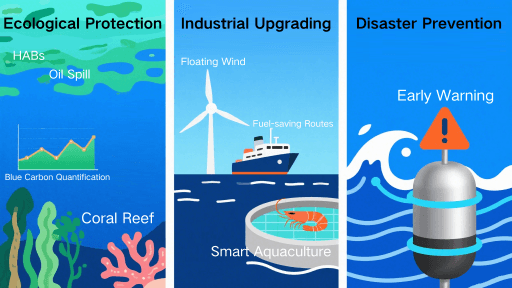
The Future of IoT Buoys
Undoubtedly, as IoT buoys redefine marine monitoring, their next chapter will, furthermore, focus on intelligence, sustainability, and proactive action—in essence, turning data into solutions that specifically protect and nurture our waterways.

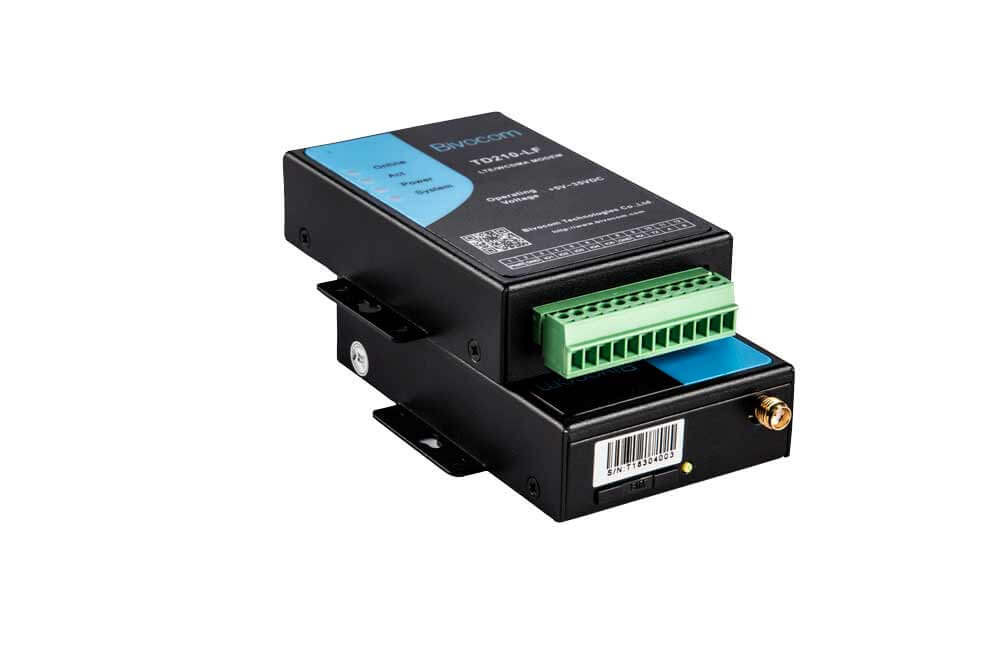
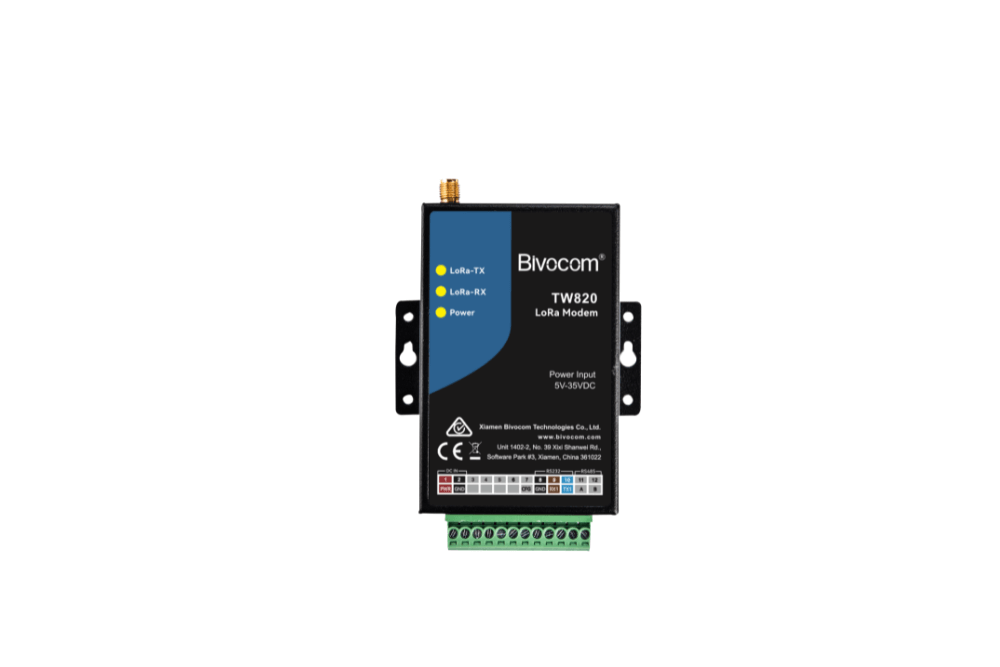
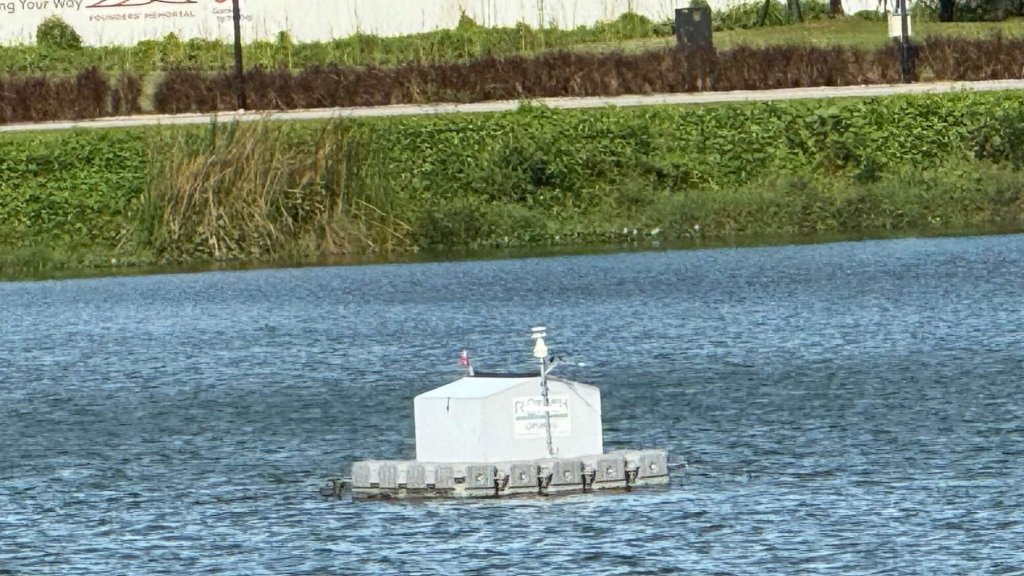
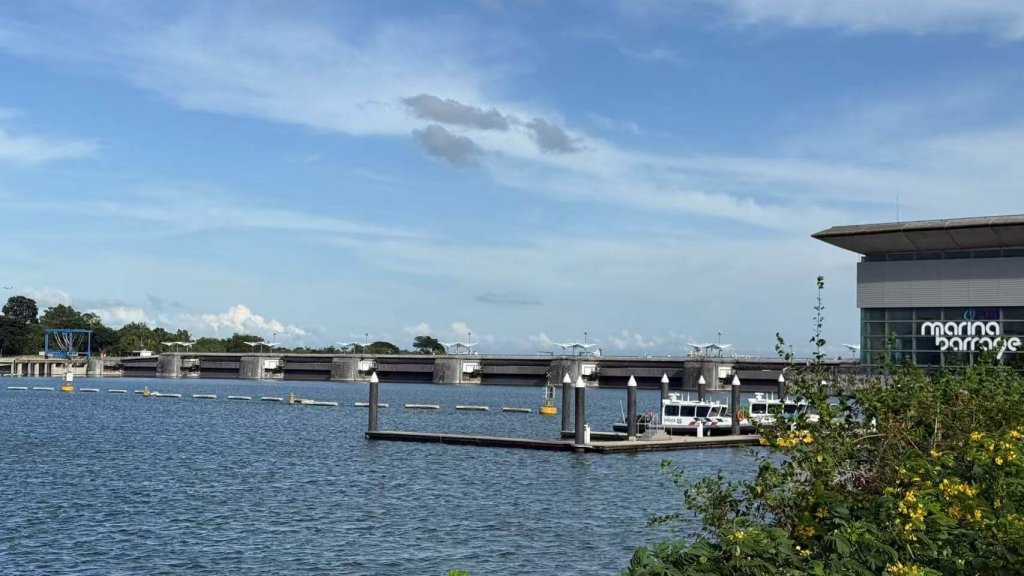
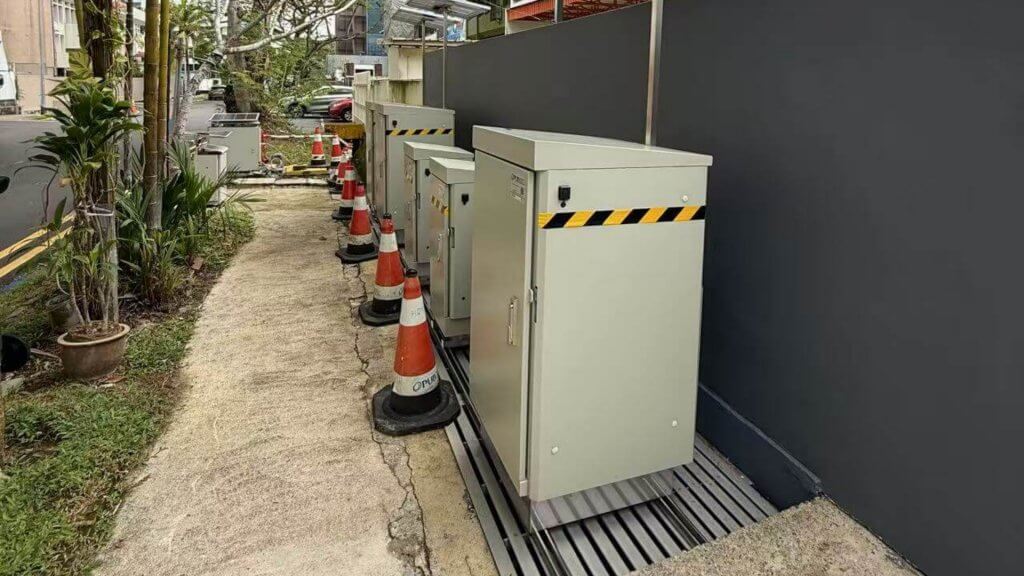
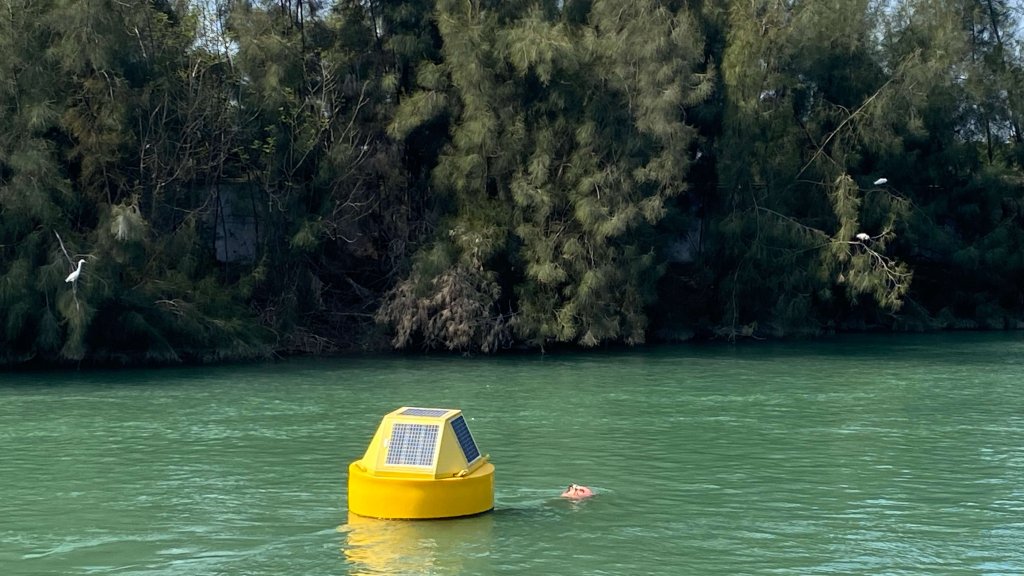
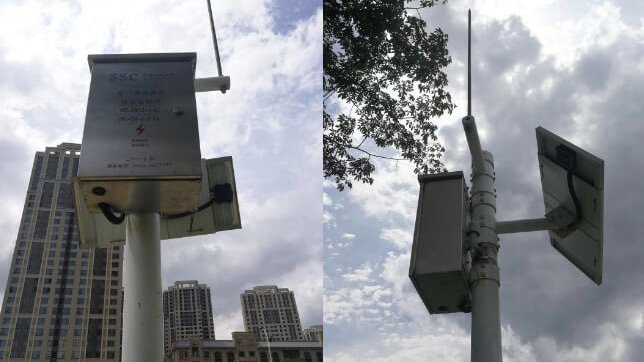
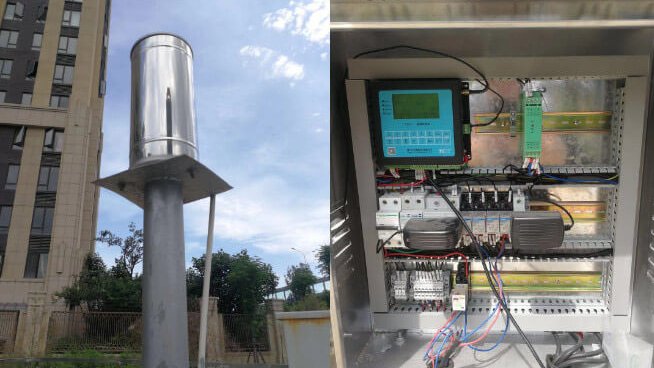

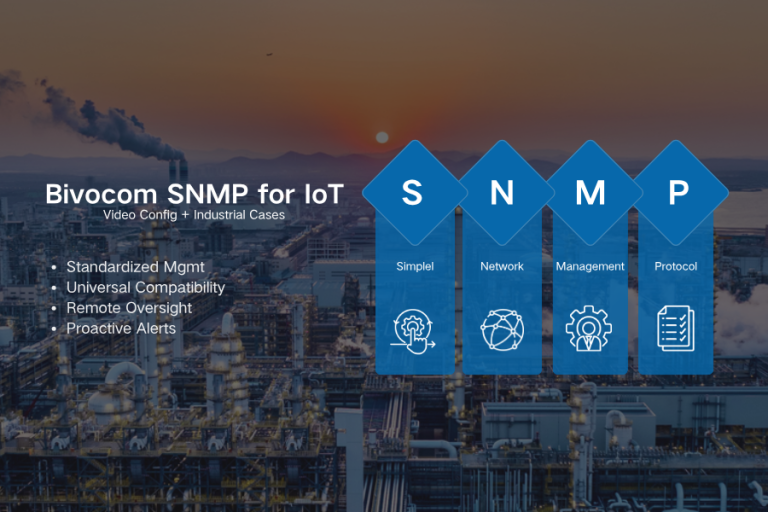
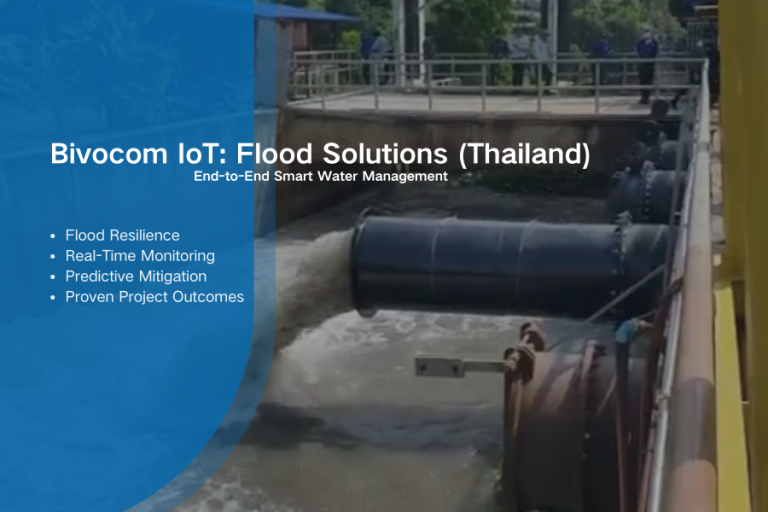
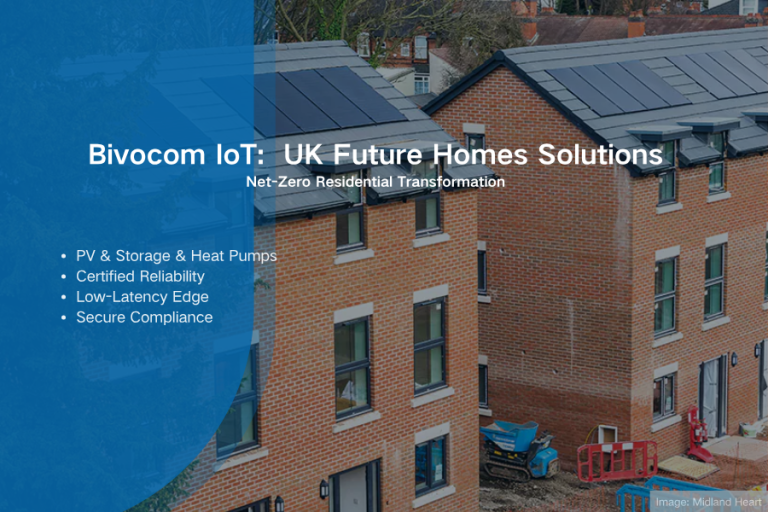
Comment